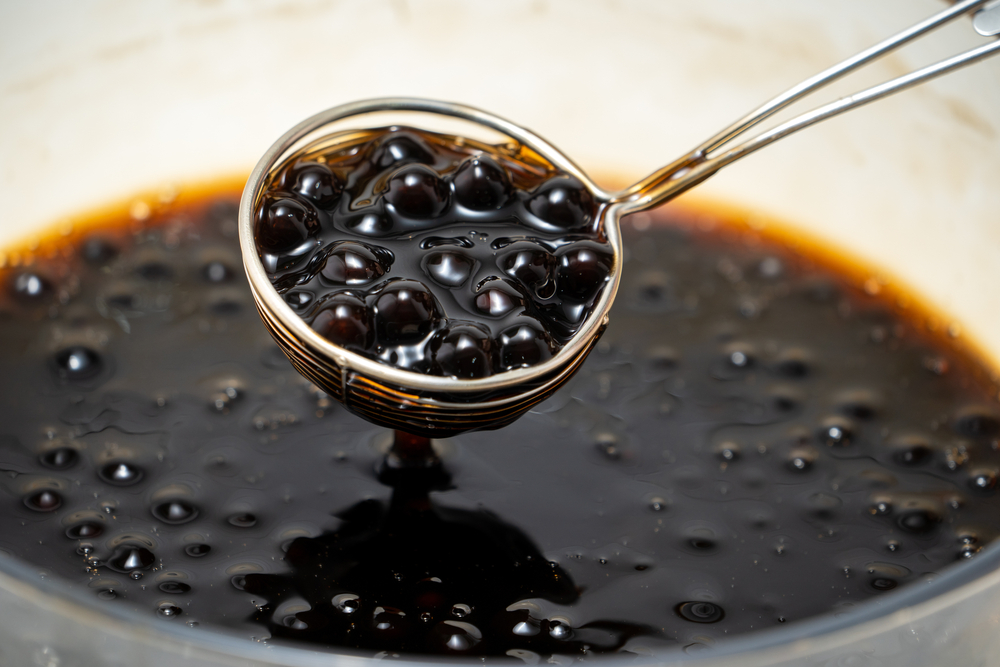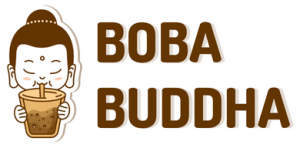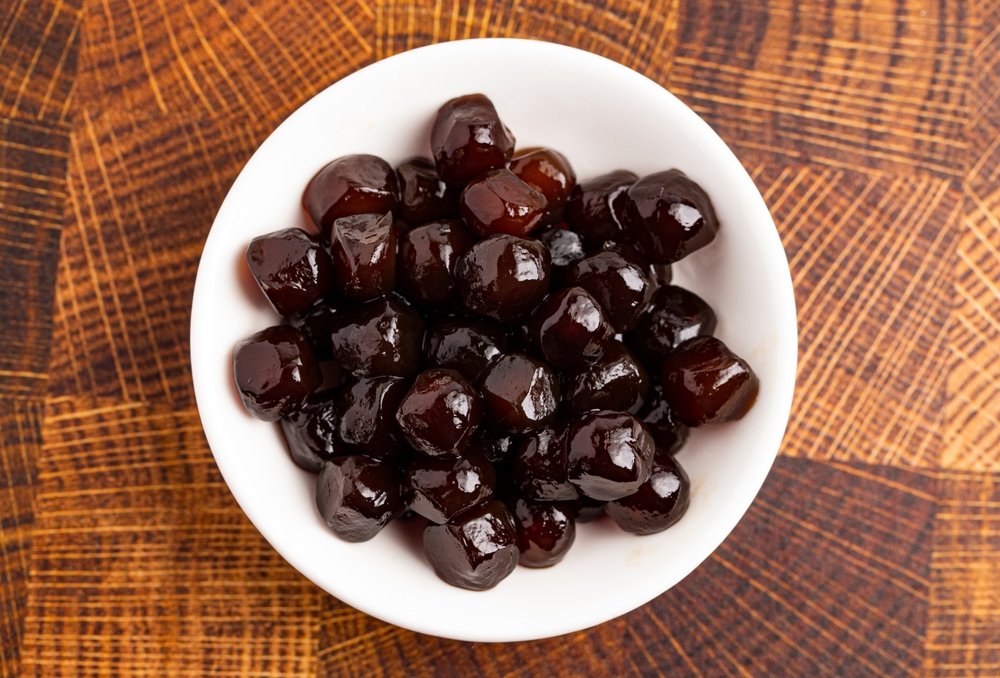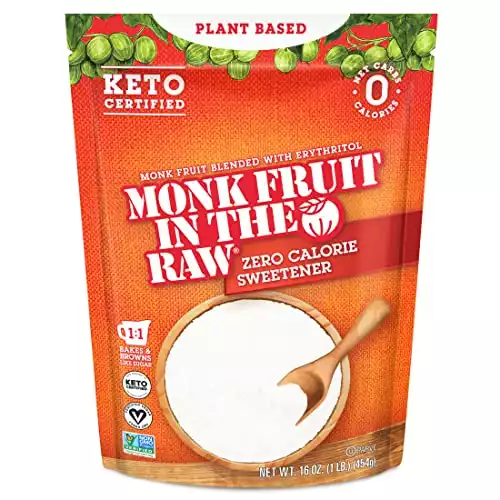Tapioca pearls are small balls of tapioca starch found at the bottom of bubble tea. Tapioca pearls are naturally high in carbohydrates and are cooked in sugar syrup. Here’s the good, the bad, and the ugly regarding the nutritional value of boba.
Tapioca Pearls Nutrition
Tapioca pearls are made from tapioca starch, which consists mainly of carbohydrates. Tapioca has virtually no fat and is high in iron. Tapioca has minimal amounts of manganese, phosphorus, selenium, folate, and potassium.
Below is the nutritional information provided by the USDA for half of a cup of tapioca pearls:
| Nutrition | Amount |
| Calories | 272 |
| Carbs | 67.5 g (23% of recommended daily intake) |
| Sugar | 2.5 g |
| Fiber | 0.7 g |
| Calcium | 15.2 mg (1.2% of recommended daily intake) |
| Iron | 1.2 mg (6.5% of recommended daily intake) |
| Potassium | 8.5 mg |
| Dietary Fiber | 1.2 mg |
Will Tapioca Pearls Make Me Gain Weight?
Tapioca pearls may contribute to weight gain when consumed frequently. Tapioca pearls are high in carbs while providing little fiber. The body quickly metabolizes these starchy carbs, which can result in raising blood sugar levels.
Considering that tapioca pearls are most often consumed in sweetened milk tea, the sugar levels are exaggerated. According to nutritionists, one boba drink can contain more than 50 grams of added sugar, which is more than the recommended daily intake (~24 grams). A high-carb, high-sugar diet can lead to weight gain or even diabetes.
Can You Make Tapioca Pearls With Less Sugar?

You can make tapioca pearls with less sugar. Tapioca pearls are commonly simmered in brown sugar syrup, so reducing the amount of sugar or choosing a low-carb sugar can be a good option.
Sweeteners like monk fruit give sweetness without raising blood sugar or adding many carbs. Sugar-free honey could also be a good option for keeping blood sugar levels steady. Using any of these options is perfect for making boba tea at home.
Health Benefits of Tapioca Balls
Tapioca balls have a few health benefits. The fast carbohydrates in boba provide a quick energy source to the body. Tapioca balls are made from tapioca starch of the cassava root. Cassava and tapioca are staples in Africa, South America, and Asian countries because it provides an easy source of calories for those at risk of malnutrition.
Tapioca starch is:
- gluten-free, suitable for those with celiac disease
- dairy free
- nut-free
- A good source for those who need to gain weight; it has needed calories without cholesterol or fat
- Easy for people with IBS to digest
- Free from saturated fat
- Full of calcium, which strengthens bones and helps iron absorption
- Low in sodium
Tapioca balls can help provide the daily value of certain nutrients. However, it is still a starchy carbohydrate with several health hazards. Bubble tea also has a large amount of added sugar, reducing the health benefits of the tapioca pearls used to make the milk drink. Tapioca balls should be consumed in moderation.
Health Hazards of Tapioca Pearls
The most significant hazard of tapioca pearls is their high glycemic index. Tapioca is made up almost entirely of carbs. When simmered in syrup, this starchy carb/sugar duo increases blood glucose, harming those on a carb-controlled diet.
Added sugar and carbs can hinder weight loss and increase the risk of heart disease and obesity. There have also been reports of those with a latex allergy being sensitive to cassava.
Tapioca Pearl Alternatives
If you’re concerned about using tapioca pearls in your bubble tea, there are several alternatives to try:
- Chia seeds – take a tablespoon and add them to the bottom of your glass. Pour the tea and milk over the seeds and let the mixture sit for about 20 minutes to allow the chia seeds to thicken. Top the glass with ice, and enjoy!
- Fruits – any fruit cut into small pieces will be enjoyable, ex: grapes, kiwi, raspberries, strawberries
- Jellies – made from coconut meat and fruit juices or other flavorings, ex: aloe, coffee, fruit, grass, and rainbow
- Popping boba – made from a mixture of fruit juice, water, sugar, and preservatives enclosed in a transparent shell made from seaweed extract


